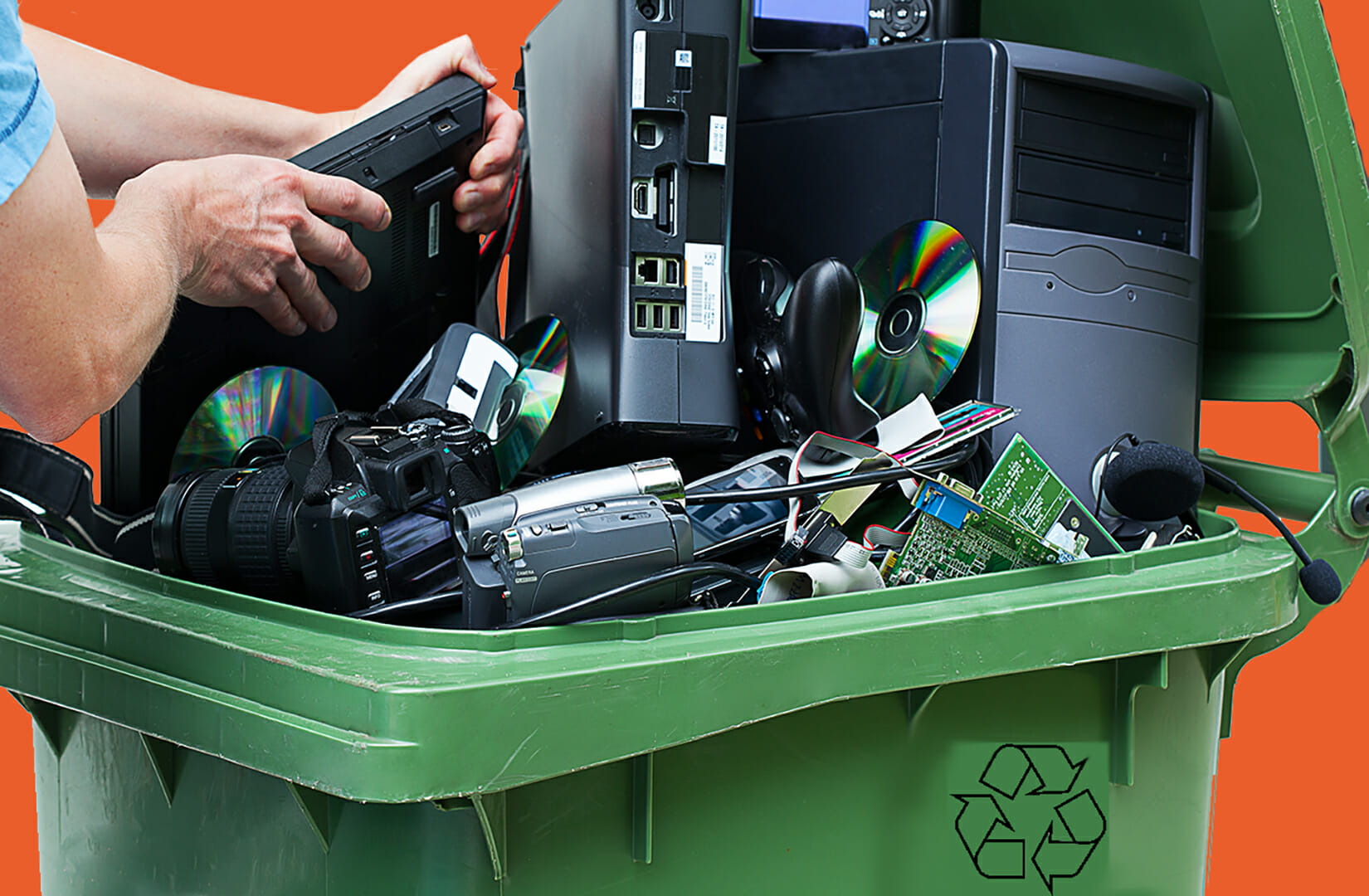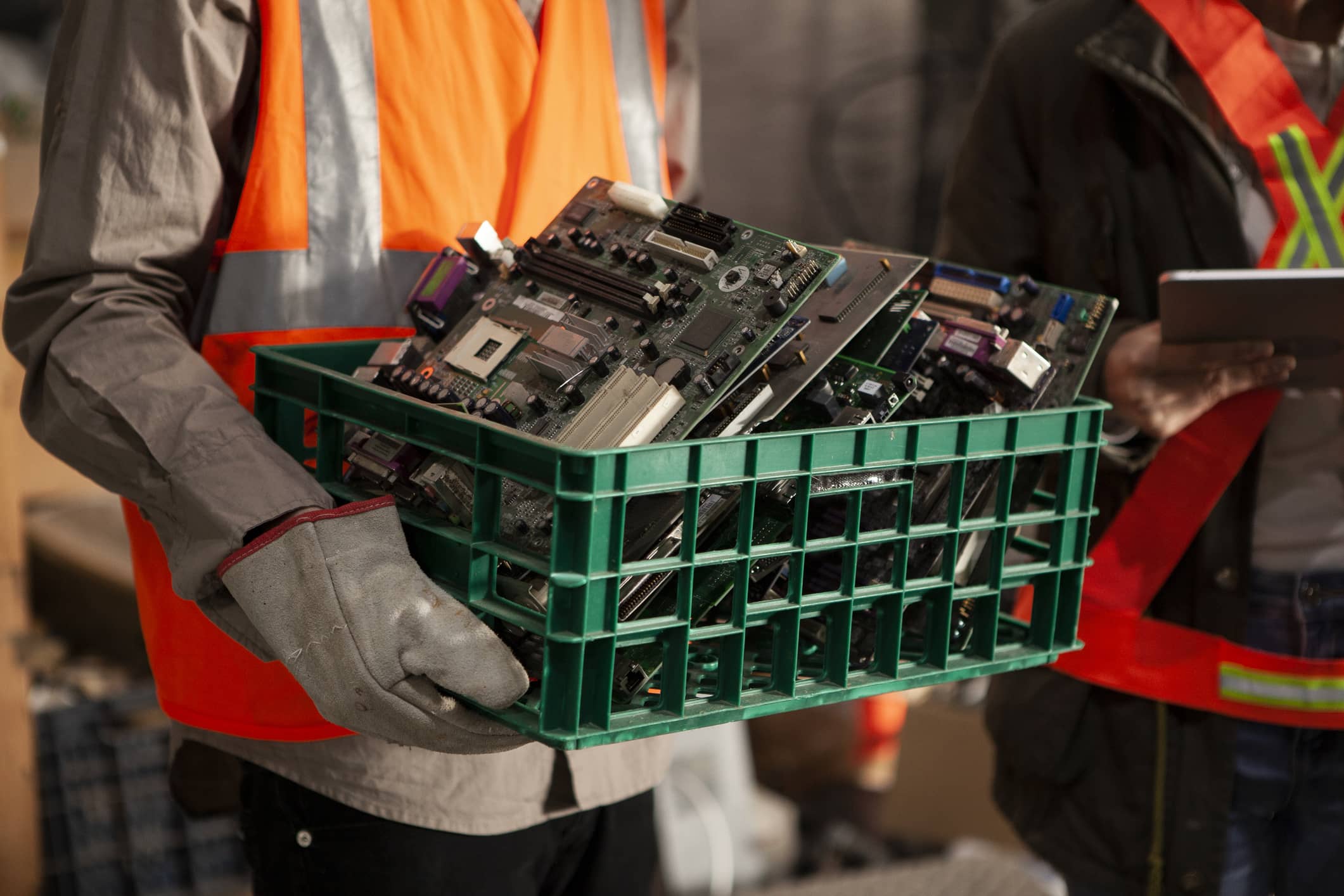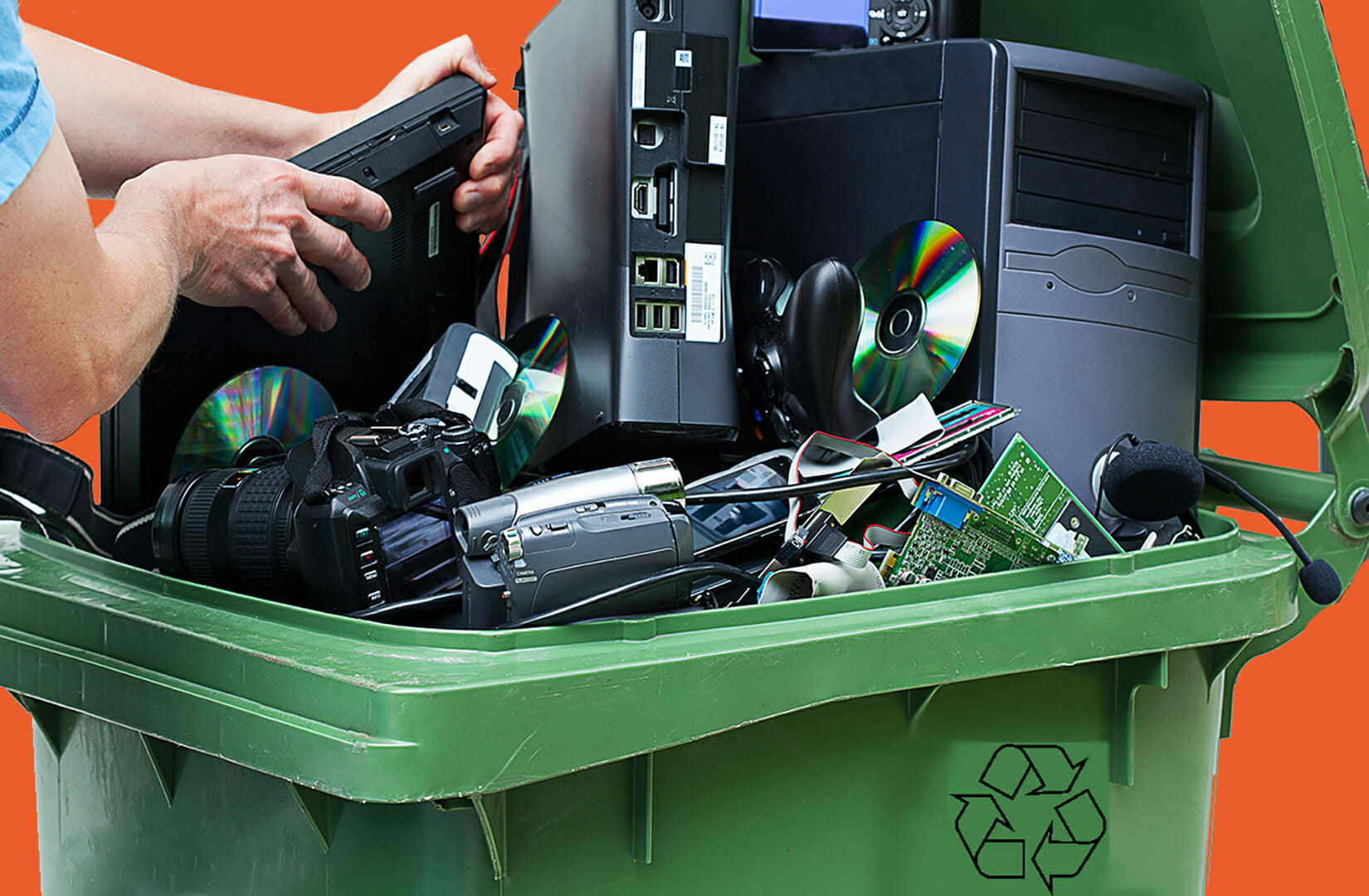Nullam dignissim, ante scelerisque the is euismod fermentum odio sem semper the is erat, a feugiat leo urna eget eros. Duis Aenean a imperdiet risus.
Nullam dignissim, ante scelerisque the is euismod fermentum odio sem semper the is erat, a feugiat leo urna eget eros. Duis Aenean a imperdiet risus.

In the digital age, electronic devices have become an essential part of our daily lives. However, with rapid technological advancements, the volume of electronic waste (e-waste) is growing at an unprecedented rate. E-waste recycling is one of the most crucial environmental solutions to reduce pollution and preserve natural resources.
E-waste includes all electrical and electronic devices that are no longer functional or have become outdated, such as mobile phones, computers, televisions, batteries, printers, and more. These devices contain hazardous materials like lead and mercury, making improper disposal a serious threat to the environment and public health.
Environmental Protection
Electronic devices contain toxic materials that can seep into the soil and groundwater if not disposed of properly. Recycling ensures safe handling of these substances.
Conserving Natural Resources
Manufacturing new devices requires large amounts of metals like gold, silver, copper, and lithium, which can be recovered from old devices through recycling.
Energy Conservation and Reduced Carbon Emissions
Recycling electronics consumes less energy compared to extracting raw materials from nature, helping to reduce environmental pollution and harmful emissions.
Job Creation
The recycling industry provides job opportunities in waste collection, sorting, and remanufacturing, positively impacting the local economy.
Collection and Sorting
Old devices are collected and sorted based on type and recyclability.
Component Dismantling
Reusable materials such as metals, plastics, and electronic circuits are separated.
Hazardous Material Treatment
Toxic substances like mercury and lead are removed to prevent environmental harm.
Re-manufacturing
Extracted materials are used to create new products, reducing the need for raw material extraction.
E-waste contains toxic substances like lead and mercury, which leak into soil and water if improperly disposed of. This pollution harms human health and wildlife. Recycling e-waste reduces these risks and preserves natural resources.


Companies play a key role in reducing e-waste by adopting sustainability policies, designing recyclable products, and implementing take-back programs for old devices. They can also collaborate with recycling centers to ensure safe disposal of electronic waste.